For the last part of this trio of blogposts about moving with houseplants, we are going to address post-move plant care; what to do in those few weeks as you begin to settle into your new space with your plant gang + some plant care that is best left a little longer to tackle. If you haven’t read parts 1 + 2 I’d recommend doing that first, then come back here to pick up where you left off.
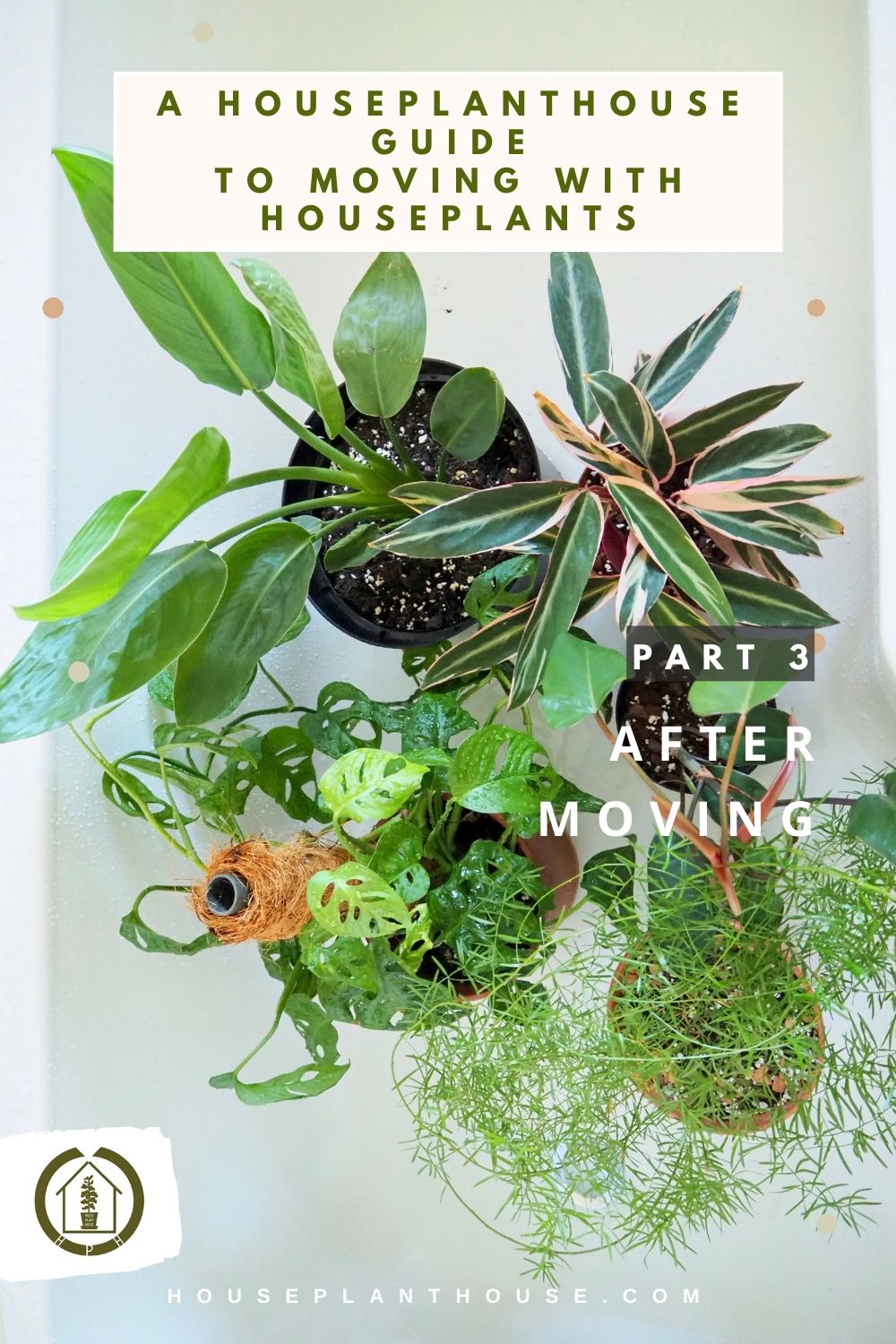
Part 3: After moving
Once you + your belongings are in your new home you can take a big sigh of relief… well done! Everything is in one place at least. Once you’ve unpacked the essentials you can turn your attention to your plants… we concluded the previous post at the point where things had started to be taken out of boxes + unwrapped, so this is something to work your way through now (if you haven’t already).


Acclimatise
Your plants will be going through a process of acclimatising to their new environment + surroundings which can be quite stressful for them, particularly if it’s cold. If possible, try to keep things as similar as you can to what they have been used to — no two homes are the same but pay attention to heaters, draughty windows (keep away from these!) + observe general light levels + humidity. In terms of moving damage, it’s almost unavoidable to keep everything pristine but I’m glad to say that none of my plants had any major problems during the move… the odd snapped leaf like my monstera below, but nothing else of note.

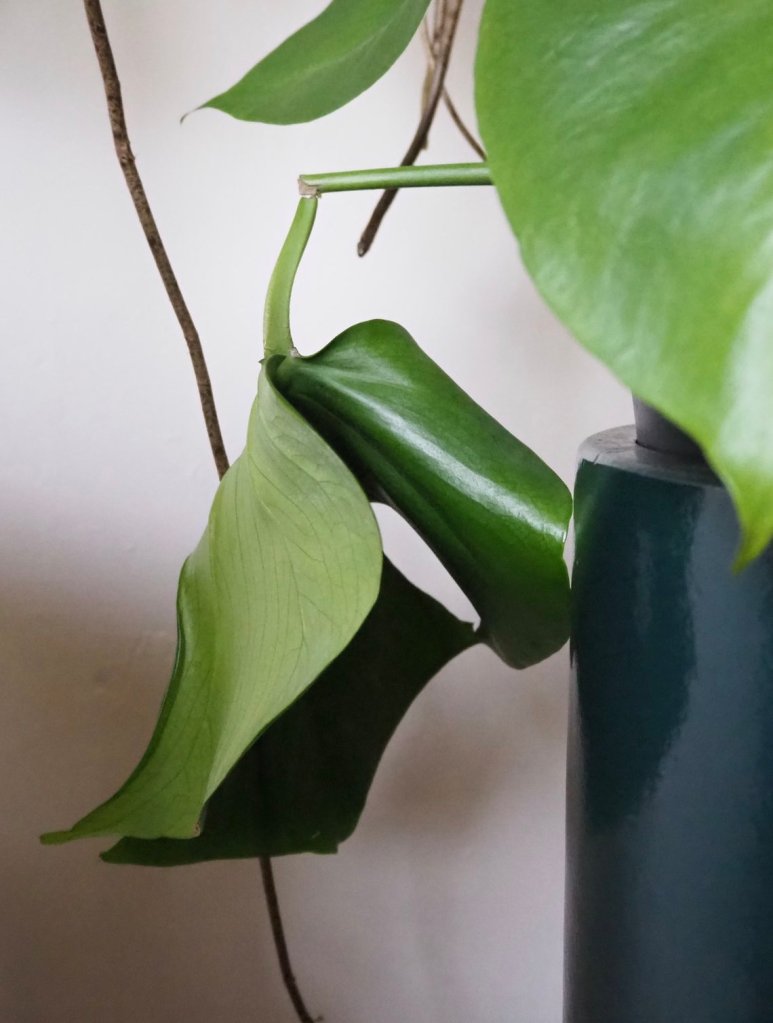
Two of my monsteras have taken quite a long time to adjust, they are the two largest plants in my collection + I’m very attached to my ‘big one’… so this has caused me some anxiety I’ll admit. Yellowing leaves are a tell-tale sign + things looking a bit droopy. I know they both really needed repotting too which didn’t help but I did that a few weeks ago, so hopefully they will pick up now.
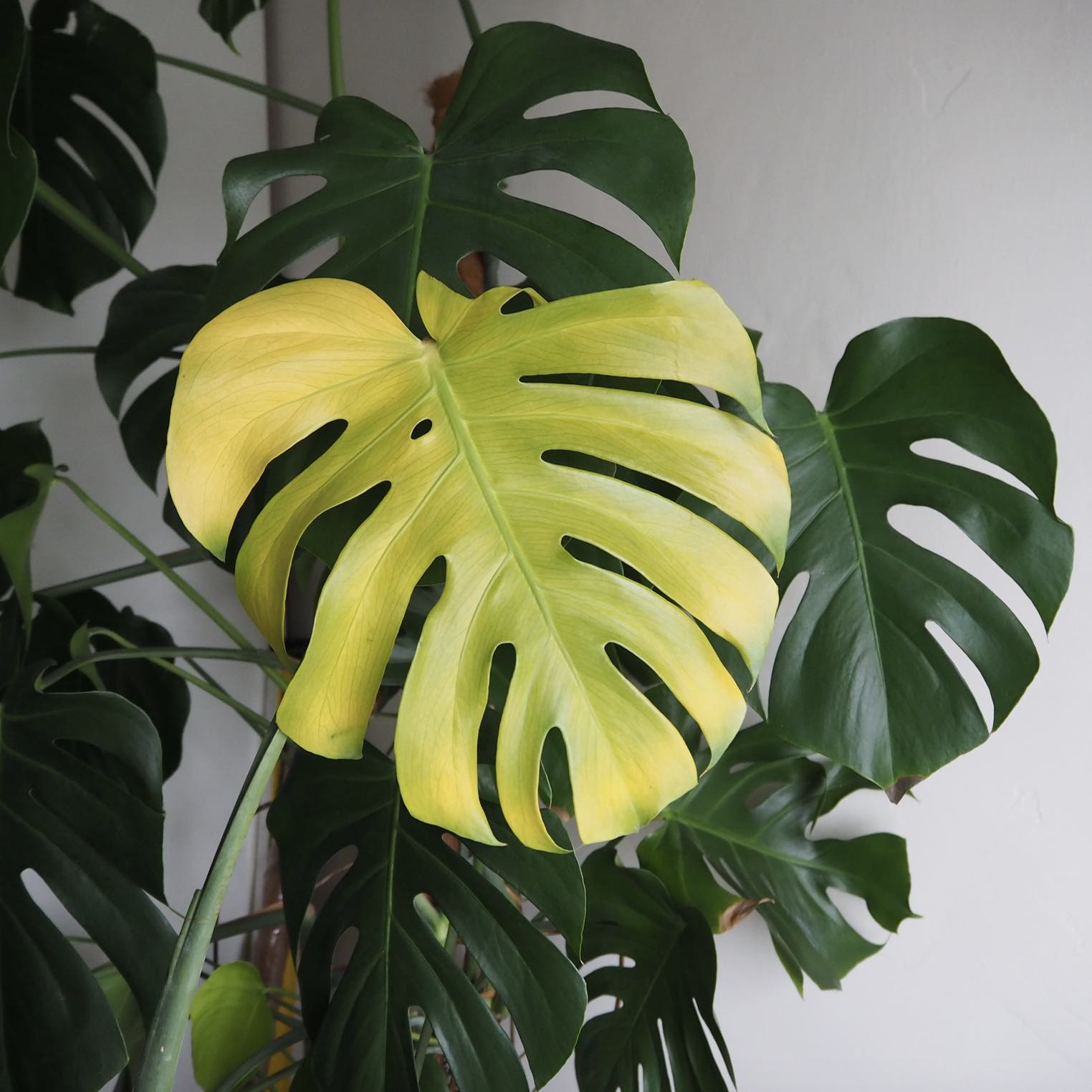
Water + clean
After a few days of your houseplants being unwrapped + starting to adjust, turn your attention to their watering needs. They also might have a bit of potting mix on the leaves if the boxes have been moved around, or they could be a little dusty. For this, I find a shower with tepid water to be the best way to revive those trailing plants that have a tendency to be a bit of a dust magnet… along with anything with large leaves… I’m looking at you, ficus gang; the dust magnets of my plant family! At the same time, give those that need it a thorough watering + leave to drip dry in the bath.


This can be a bit time consuming but placing multiple plants in the bath will speed things up! If you have any that are really dry from the move, fill the bath with a few cms of water for the pots to sit in + have a little soak for a half hour.



I did this over a couple of days in ‘batches’ as I was figuring out where the plants were going to go in my space.


Inspect…but don’t re-pot
Once you’ve done the basics, you can check over your plants + see how they are doing — spend a bit of time noticing any changes + if you have any hanging plants that need untangling, set some time aside for that too… my string of hearts below took a very long time to untangle! Pay particular attention to those plants that you might have noticed needed a re-pot before moving — it’s likely that they will need more regular watering if the roots have started to fill the pot, but don’t think about repotting anything immediately after the move. Give your plants time to acclimatise + they will be ready to take on a re-pot in a month or two + if it’s winter time, it’s best to wait until Spring to do this.
If anything is particularly struggling, there is always the option of propagation… for example, if your string of hearts loses a few strands like one of mine did after untangling, pop them in some water + let them root! You can then fill out your plant by repotting these stems back into the pot if you like.


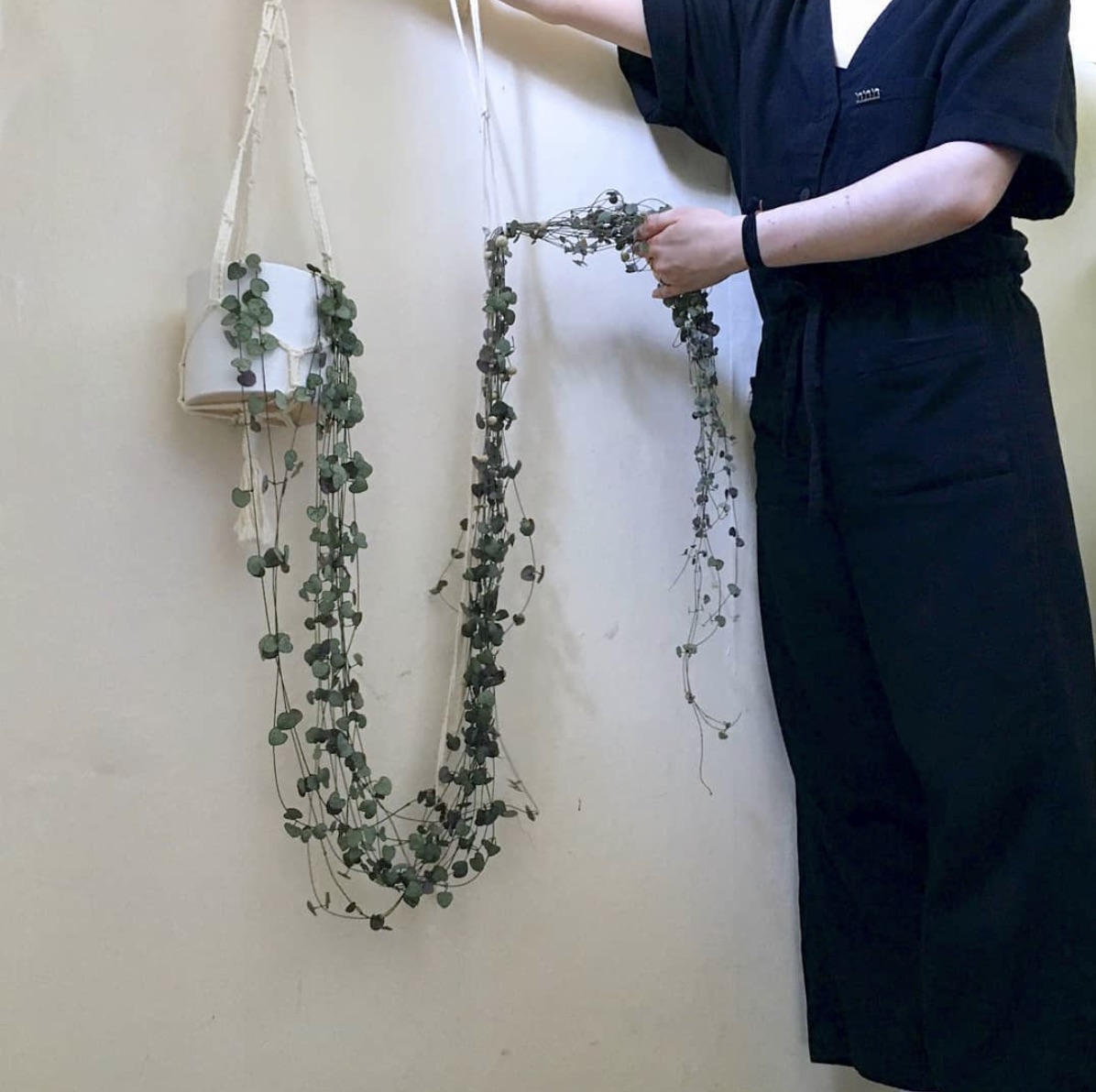


A new location brings with it new conditions; the humidity can vary quite considerably + factors like the age of the property, whether the windows are single or double glazed, plus the orientation of the house can all impact your houseplants in ways you might not have considered yet. It will take time to consider these aspects + get familiar with how the light moves around your space, where the cold spots are + what the temperatures are like throughout the day. This myriad of options will have an affect on your plant care routine, so be flexible + prepared to adapt it to your new place.

A few weeks after moving…
After a few weeks, assess whether you think your plants are suited to the places you’ve positioned them — don’t move things around too often as not all plants (like ficus or monstera) like it. Look out for any signs that your plants would prefer a brighter, or more shaded spot.
For me, my new place was quite different in terms of light to my old apartment which was on the second floor + had lots of trees outside. This house is facing south east (more specifically South South East ) but it is a cottage so has smaller windows + the back also lets in a north west light that I didn’t experience in my old place. I had south, west + east facing windows there, but not north. North light is lovely and soft + artists say that it’s the best kind of light for a studio, painters like Vermeer are well known for taking advantage of its subtle affect on colour. As someone that has studied art + practices photography daily, light is something I am completely captivated by, I’ll admit it’s almost an obsession really.
New place, new plant care
I know not everyone thinks like that about light + room orientation to the extent that I do but the main point to take away is, get to know what works for your plants! I initially put my ficus pair here on the stairs + loved how it looked but after a few weeks in this spot, I noticed the bottom leaves were not happy + actually lost two from my big plant. The reason for this was that the back of the plant was facing the wall + as it was in the stairwell, was simply not getting enough light. I’ve since moved it to a new place with light more evenly around it to see how it picks up (it’s still a bit bare now but oh well).

The alternative problem of course is too much light, or a higher intensity of light, so be particularly mindful of plants on windowsills… make sure they don’t get completely frazzled! I got some thin nets to diffuse the light which has made these close-to-the-window hotspots more bearable. Also, the light intensity will be different as the seasons change throughout the year so be prepared to move stuff in the warmer months if need be. Plants that are getting too much sun will really not enjoy it + can become weakened + more susceptible to a pest attack. Not what you want to be dealing with!
Humidity + air movement are other factors to be mindful of after getting settled a bit — this place is smaller than my apartment was with lower ceilings + double glazing. After a few weeks I noticed that the air can feel quite stagnant + some of the plants further away from the windows were getting mould on the potting mix. In my case this was due to a lack of air circulation, especially after watering. Long story short, opening the windows + ventilating the place adequately is currently a bit of a problem as there has been a mouse issue here since moving in. I am not going to go into that in this post! I might get a fan to help to create a bit of air movement, especially downstairs.
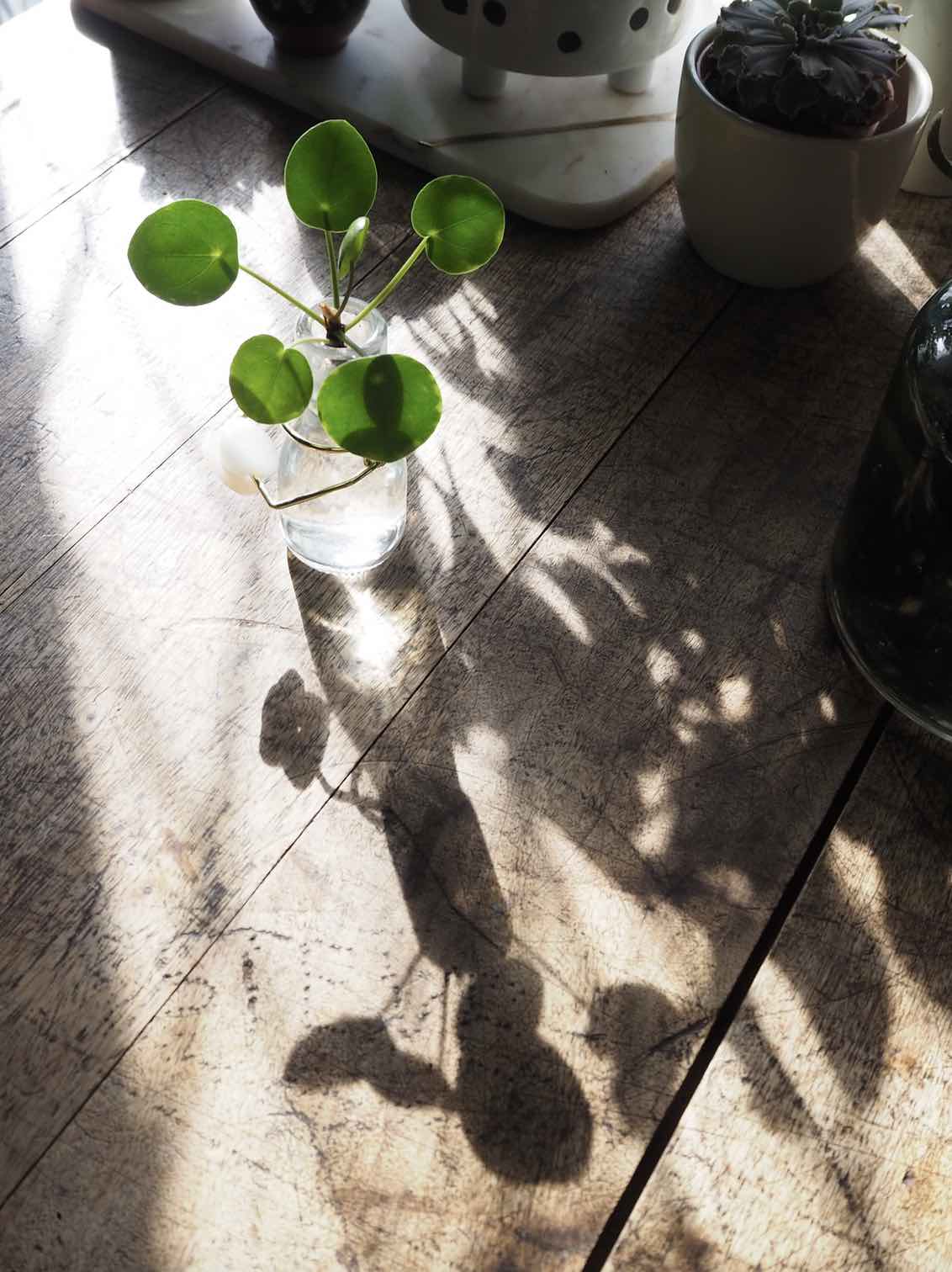
SIDE NOTE: As you can probably imagine, I’ve got lots more photos taken in my new (albeit temporary) place to share with you over the coming months. I’ll get some posts together to show you how things have been doing. I’d like to start sharing a bit of a casual ‘fortnight in photos‘ in a more ephemeral way here on the blog to balance with the more text-heavy pieces such as these, I’ll see how the images work together as a bit of a visual diary first.
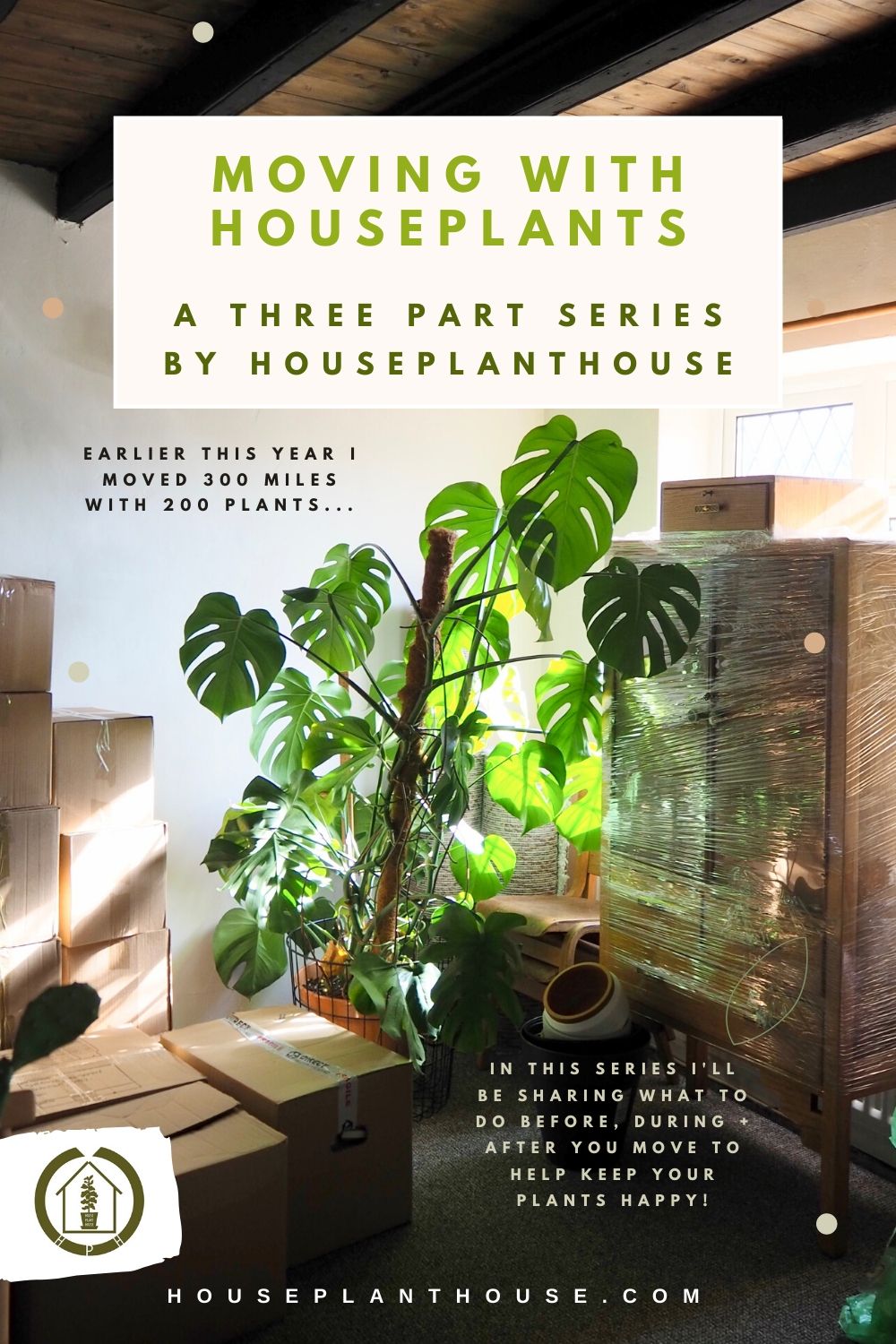
Take your time
To conclude, I just wanted to say that as stressful + tiring as moving can be, getting to know a new space can be fun! My advice would be to just take things slow + try your best not to feel overwhelmed with everything. Since being here for 3 months, I find I focus better on my plant care by tackling one room at a time. I’m still figuring out what works + what I can improve on in terms of providing the best environment for my houseplants, but plant care is always a learning curve, an apprenticeship of sorts. Your plants are adaptable + resilient so remember that.
I hope you enjoyed this little series of posts + thank you to those that asked me to share a bit more about my moving process. Since chatting about it on Instagram, I had quite a lot of you asking for advice so if you know anyone that is moving with plants, send them in this direction! As always, there is more over on my instagram + if you have any blogpost requests feel free to send me a DM too.


Leave a Reply